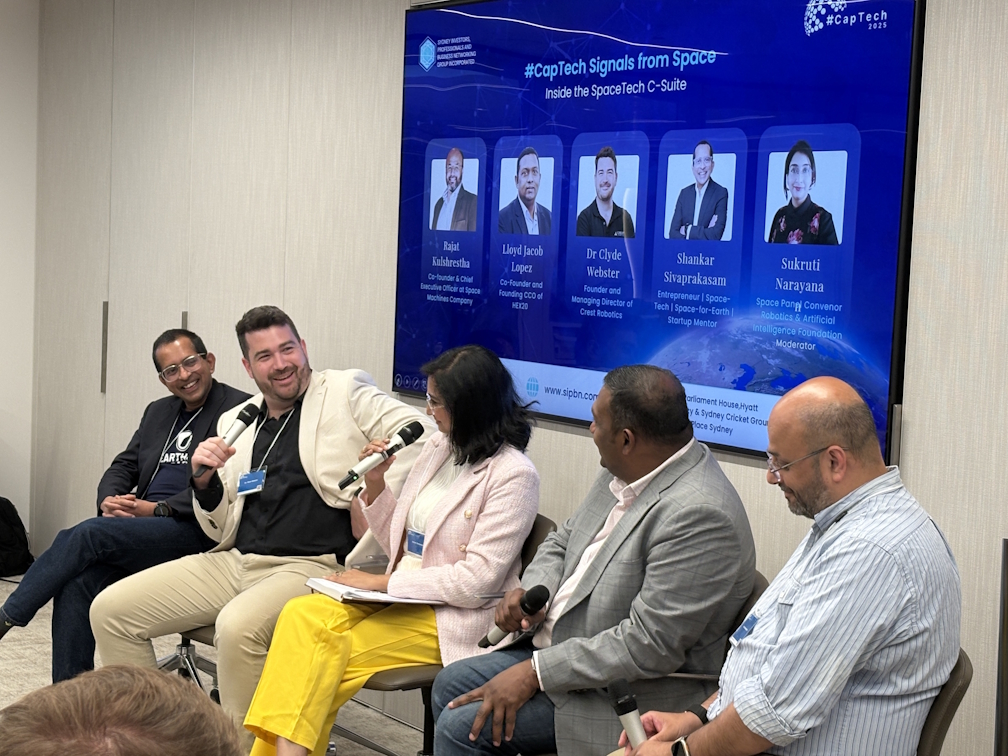AI‑Powered CRM in Real Estate: Automating Client Interactions for Better Sales

The real‑estate CRM market is projected to soar from US $4.22 billion in 2024 to US $11.89 billion by 2033, a 12.2 percent compound annual growth rate, according to Business Research Insights. In parallel, a National Association of REALTORS survey finds that 75 percent of leading U.S. brokerages already use AI tools and 80 percent say most agents tap them daily. Modern CRM in real estate industry platforms now embed generative AI to answer buyers instantly, score leads, and predict pricing trends—turning static databases into smart deal engines.
Why Real Estate Is Rushing Toward AI‑Driven CRM
Real estate is a uniquely relationship-driven business—but it’s also one that thrives on speed and precision. From responding to leads within minutes to anticipating market shifts, the firms that move fastest win the deal. That’s where AI-enhanced CRM comes in.
McKinsey & Company reports that companies applying generative AI in sales and marketing gain up to a 15% revenue lift, a compelling edge in a hypercompetitive market. PwC’s Emerging Trends in Real Estate 2025 ranks AI-enabled CRM among the top three technologies for improving deal flow, while Gartner affirms that conversational AI tools embedded in CRM platforms improve lead qualification and reduce service costs. Furthermore, the emergence of sophisticated AI data analyst tools promises to empower sales and marketing teams by enabling them to conduct in-depth data exploration and generate actionable insights through natural language conversations, further optimizing revenue generation and customer engagement.
The broader AI-in-real-estate market is also surging. Brainvire forecasts the space to grow to US $731.6 billion by 2028, underscoring the widespread adoption of intelligent tools across the property lifecycle—from prospecting to closing.
Core Capabilities of an AI‑Powered Real‑Estate CRM
The most valuable CRMs pair predictive intelligence with conversational speed, freeing agents to negotiate rather than chase paperwork.
Natural‑language search and chatbots
Zillow rolled out an assistant that lets buyers ask, “Show me homes within 30 minutes of downtown under $600,000”, cutting filter fatigue. The Verge notes the tool “trains AI to understand natural, human-like queries,” offering an experience that feels more like texting an agent than using a search bar.
Predictive lead scoring and next‑best recommendations
Salesforce Einstein analyzes click‑stream, MLS, and demographic data, then surfaces the “next best action” for each prospect—whether a price‑drop alert or a targeted staging video—so agents focus on contacts most likely to convert.
Automated follow‑ups and email sequencing
HubSpot reports that AI‑driven workflows boost lead‑to‑customer conversion by 56 percent. Timely, personalized nudge campaigns keep cold leads warm without manual scheduling.
Dynamic pricing insights for investors
A recent Forbes piece highlights AI valuation engines that ingest neighborhood comps, mortgage rates, and seasonality to suggest bid ranges in seconds, sharpening investor returns.
Team productivity boosters
Sierra Interactive documents savings of thirty minutes per agent per day from AI chat reply drafts and call summaries—time that can redirect to listings and closings.
Implementation Checklist
- Consolidate data sources early. Feed listing feeds, CRM contacts, website logs, and email threads into a unified warehouse so AI models see complete client narratives.
- Define clear handoffs. Map which inquiries the bot answers autonomously and when to escalate to a human; mis‑routed leads erode trust fast.
- Train on local vocabulary. Fine‑tune models with neighborhood names, school districts, and regional financing terms to cut misunderstanding in chat sessions.
- Embed compliance guardrails. Configure prompts that block discriminatory language and ensure Fair Housing compliance before rollout.
- Pilot, measure, refine. Start with one office, track lead‑response times and close rates, then iterate on prompts and scoring thresholds.
Challenges to Watch
Even with the right tech in place, real estate teams can stumble during adoption. Below are five critical roadblocks to watch, along with strategies for overcoming them:
-
Incomplete or Poor-Quality Data
AI models rely on rich, accurate, and up-to-date data to deliver relevant insights. Unfortunately, real estate CRMs often contain duplicate contacts, outdated listings, inconsistent tagging, and missing client details—especially when records are manually entered or siloed across platforms. If the data feeding the AI is flawed, so are the recommendations, lead scores, and messaging sequences it generates.
-
Agent Resistance and Fear of AI
AI adoption often meets resistance—particularly from experienced agents who worry that automation may erode the personal relationships at the heart of real estate success. Some agents may fear being replaced, while others simply distrust AI outputs or resist changing familiar workflows.
-
Misrouted or Over-Automated Client Interactions
Without clearly defined escalation rules, bots can easily overstep—responding inappropriately to complex financing questions or missing the emotional nuance in buyer hesitations. Over-automation risks making your brand feel robotic, and misrouted inquiries can cost high-value leads.
-
Regulatory and Ethical Compliance
With data privacy laws like GDPR, CCPA, and Fair Housing regulations growing stricter, real estate teams must walk a fine line when using AI. Even accidental bias in property suggestions, tone in chatbot replies, or assumptions in lead scoring can create legal and reputational risk.
-
Integration Overload and Fragmented Systems
Most brokerages use a mix of MLS feeds, listing portals, email platforms, transaction management tools, and marketing software. If your CRM’s AI modules can’t integrate seamlessly with these systems, data gets lost, predictions miss the mark, and agents are forced to toggle between tabs—eroding productivity and confidence.
Future Outlook
As the real-estate CRM market triples over the next decade (Business Research Insights), AI is expected to take over up to 70% of routine client touches, according to projections compiled from NAR and leading vendors.
Tasks like price alerts, showing confirmations, loan-prequalification nudges, and post-tour follow-ups will increasingly be managed by smart CRM assistants. Agents will shift their focus toward what they do best—negotiating deals, handling objections, and building trust.
Expect future CRMs to move beyond simple automation and into predictive strategy—suggesting not just what to do next, but when and why, based on historical trends, agent performance, and external market signals.
The brokerages that embrace AI as a partner, not a patch, will be best positioned to lead in an industry where speed, personalization, and data-savvy service define success.
Conclusion
By embedding conversational tools, predictive scoring, and workflow automation into their daily operations, real estate teams can convert leads faster, nurture relationships smarter, and close more deals with less effort.
As buyer expectations rise and competition intensifies, the firms that adopt CRM platforms with built-in intelligence will move from reactive selling to proactive, insight-driven client engagement. The path to higher productivity, better client service, and stronger revenue is paved with automation—but guided by human strategy.
Brokers who integrate chatbots, predictive scoring, and automated workflows position themselves to capture leads faster, nurture them smarter, and close more deals in less time.









